Spice It Up: A Fun and Flavorful Guide to Mexican Pork Seasoning
When it comes to flavor, nothing beats the bold, smoky, and slightly spicy kick of a well-seasoned Mexican pork dish. Whether you're grilling up some carnitas or simmering a slow-cooked adobo, the right seasoning can turn a simple cut of meat into a culinary masterpiece. In this article, we'll dive into the world of mexican pork seasoning, explore its cultural roots, and give you all the tips you need to make your own version at home.
Table of Contents
- What Is Mexican Pork Seasoning?
- The Cultural Roots of Mexican Spice
- Essential Ingredients in Mexican Pork Seasoning
- How to Use Mexican Pork Seasoning
- Top 5 Tips for Perfectly Seasoned Pork
- Mexican Pork Seasoning Buying Guide
- Conclusion
What Is Mexican Pork Seasoning?
Mexican pork seasoning is a blend of spices commonly used to flavor pork dishes such as carnitas, al pastor, and adobo. While there are many variations, most blends include a mix of chili powders, garlic, cumin, oregano, and other traditional ingredients. The key is to balance heat, smokiness, and depth of flavor, which makes it perfect for both grilled and slow-cooked pork.
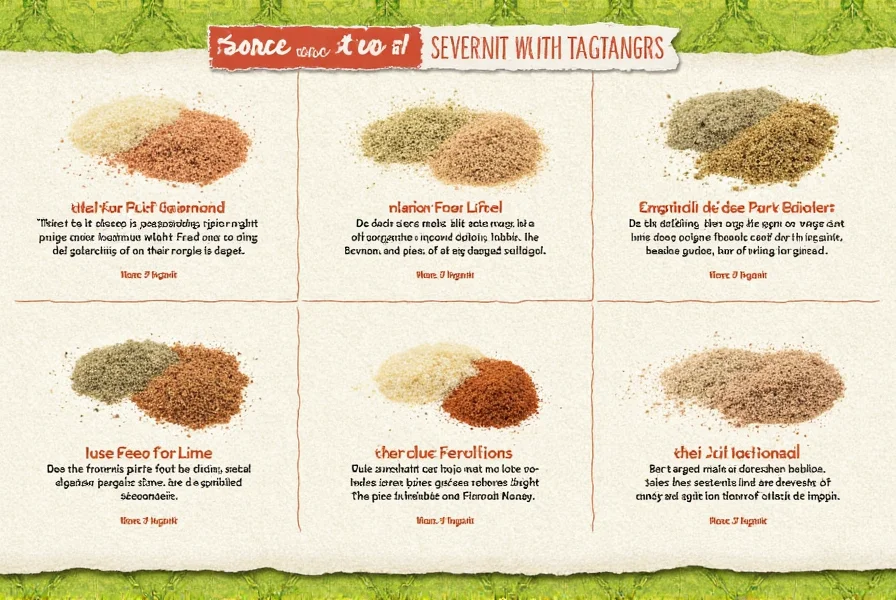
The beauty of mexican pork seasoning lies in its versatility. You can use it as a dry rub before grilling, mix it into a marinade, or even sprinkle it over finished dishes for an extra punch of flavor. It’s also great for making homemade sausages, tacos, or even adding a twist to your favorite barbecue recipe.
The Cultural Roots of Mexican Spice
Mexican cuisine is deeply rooted in tradition, and the use of spices has been part of its culinary heritage for centuries. Before the arrival of Europeans, indigenous peoples in Mesoamerica relied heavily on native ingredients like chili peppers, tomatoes, and herbs. When Spanish colonizers arrived, they brought new spices like cumin and paprika, which were quickly incorporated into local cooking.
Today, Mexican pork seasoning reflects this rich fusion of flavors. From the smoky heat of chipotle to the warm earthiness of cumin, each spice tells a story of history, migration, and adaptation. This blend isn’t just about taste—it’s a celebration of culture and community.
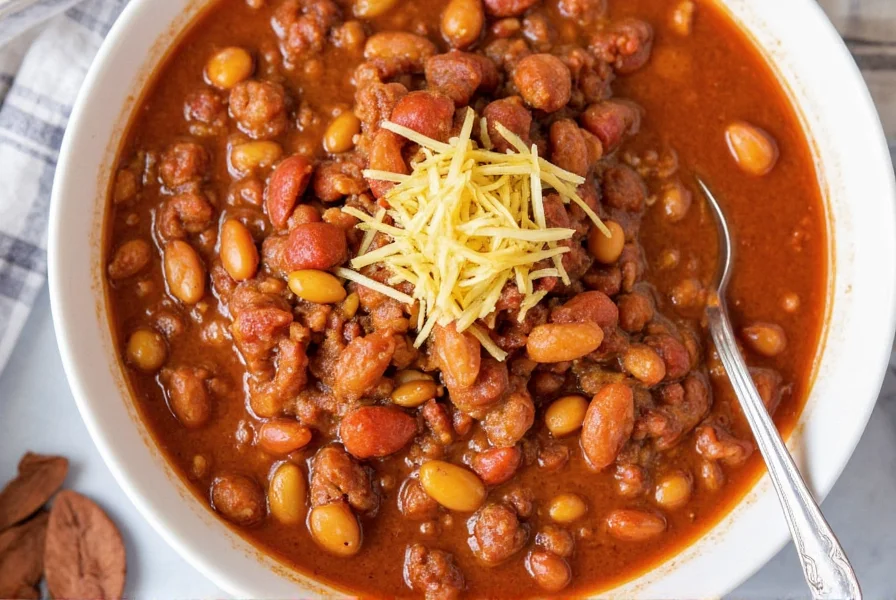
Essential Ingredients in Mexican Pork Seasoning
While every cook has their own signature blend, here are the most common ingredients you’ll find in a classic mexican pork seasoning:
- Chili Powder: Adds a warm, smoky heat. You can use regular chili powder, smoked paprika, or even chipotle powder for extra depth.
- Cumin: Provides a nutty, earthy base that enhances the overall flavor profile.
- Oregano: Adds a fragrant, slightly citrusy note that complements the richness of pork.
- Garlic and Onion Powder: Enhance the savory aspect of the seasoning and add layers of flavor.
- Paprika (Smoked or Sweet): Adds color and a subtle sweetness or smokiness, depending on the type.
- Black Pepper: Brings a bit of sharpness and complexity to the mix.
You can also experiment with other ingredients like coriander, cloves, or even cinnamon for a more complex flavor. Just remember, the goal is to create a balanced blend that elevates the natural taste of the pork without overpowering it.
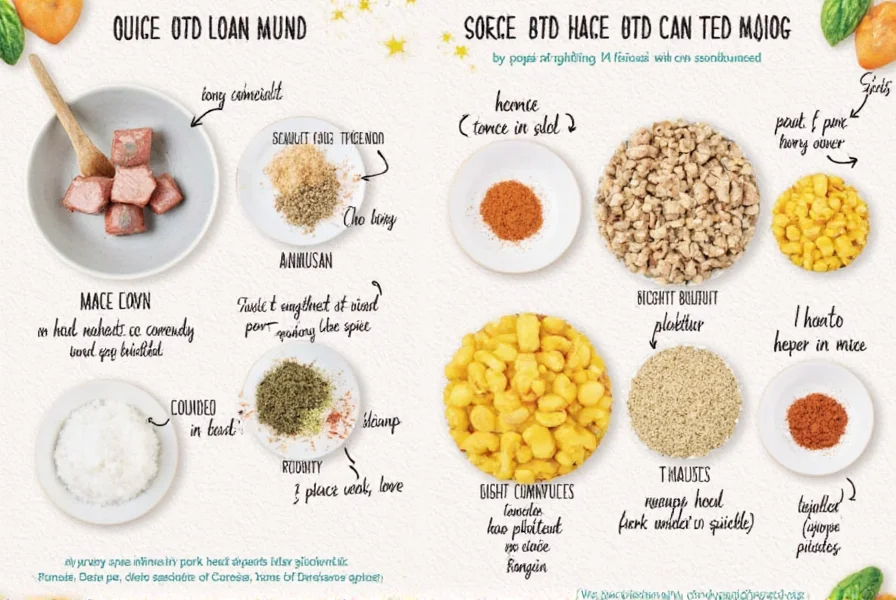
How to Use Mexican Pork Seasoning
Using mexican pork seasoning is simple and flexible. Here are a few ways to incorporate it into your cooking:
- Dry Rub: Apply the seasoning directly to the pork before grilling, roasting, or baking. Let it sit for at least 30 minutes to allow the flavors to penetrate the meat.
- Marinade: Mix the seasoning with olive oil, lime juice, or vinegar to create a wet marinade. This works especially well for tougher cuts of pork that benefit from longer cooking times.
- Finishing Touch: Sprinkle the seasoning over cooked pork just before serving to add a final burst of flavor.
- Stuffed Dishes: Use it to season pork when making tacos, tamales, or empanadas.
One popular way to use it is in carnitas, where the seasoned pork is slow-cooked until tender and then crisped up in a pan. Another favorite is adobo, a flavorful sauce made by simmering pork with the seasoning and other ingredients.
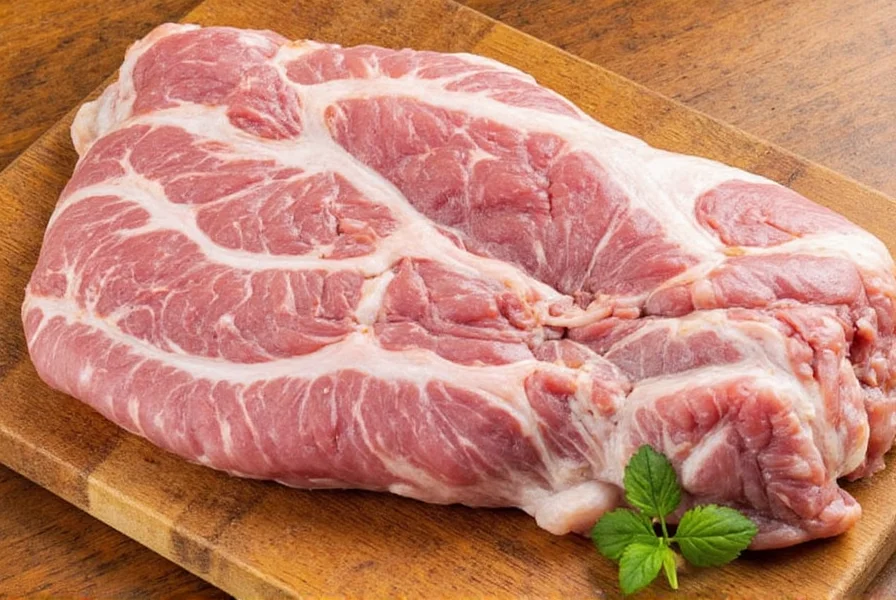
Top 5 Tips for Perfectly Seasoned Pork
Getting the right amount of seasoning is crucial. Too little, and your pork will be bland; too much, and it might become overwhelming. Here are five tips to help you get it just right:
- Start Small: Add a small amount of seasoning and taste as you go. You can always add more, but you can't take it away once it's in.
- Balance the Heat: If your seasoning is too spicy, add a bit of sugar or a splash of apple cider vinegar to mellow it out.
- Use Fresh Spices: Freshly ground spices have more potency than pre-ground ones. Consider grinding your own cumin or chili powder for better flavor.
- Don't Overdo It: A little goes a long way. Remember, mexican pork seasoning is meant to enhance, not mask, the natural taste of the meat.
- Experiment: Don’t be afraid to tweak the blend to suit your taste. Some people prefer more garlic, others love extra cumin. Make it your own!

Mexican Pork Seasoning Buying Guide
If you’re not ready to make your own blend, there are plenty of store-bought options available. Here’s a quick guide to help you choose the best one:
| Product Name | Features | Best For | Price Range |
|---|---|---|---|
| Los Angeles Spice Co. Mexican Pork Seasoning | Homemade-style blend with a perfect balance of heat and smokiness | Grilling, roasting, and marinating | $8–$12 |
| Salsa Verde Seasoning Mix | Contains a mix of spices and dried herbs for a fresh, zesty flavor | Tacos, enchiladas, and soups | $6–$10 |
| La Vida Spice Co. Adobo Seasoning | Great for slow-cooked dishes and stews | Adobo, carnitas, and braised pork | $9–$13 |
| El Paso Chili Powder Blend | Smoky and mild, ideal for beginners | General use in any Mexican dish | $5–$8 |
| Chili & Co. Smoked Paprika Blend | Excellent for adding a deep, smoky flavor | Grilled meats and roasted vegetables | $10–$14 |
When choosing a seasoning, consider the type of dish you're making and the level of heat you prefer. If you're looking for a more authentic experience, opt for a blend that includes traditional ingredients like chipotle or epazote. For everyday cooking, a milder option might be more versatile.
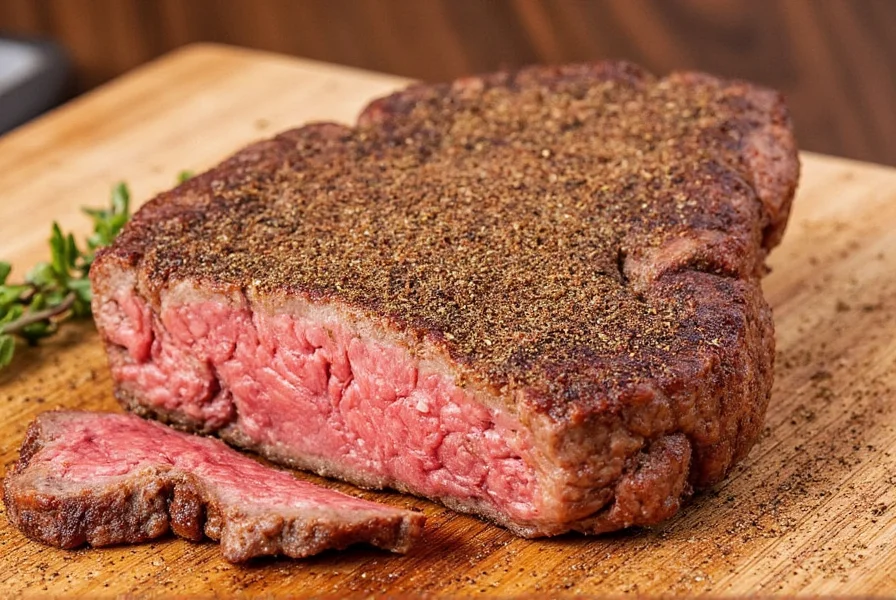
Conclusion
There's something truly magical about the mexican pork seasoning. It’s more than just a mix of spices—it’s a bridge between cultures, a tool for creativity, and a way to bring people together around the table. Whether you're a seasoned pro or a curious beginner, experimenting with different blends can open up a whole new world of flavor.
So next time you're planning a meal, don't forget to reach for that jar of mexican pork seasoning. With a little practice and a lot of passion, you'll be cooking like a true Mexican chef in no time.
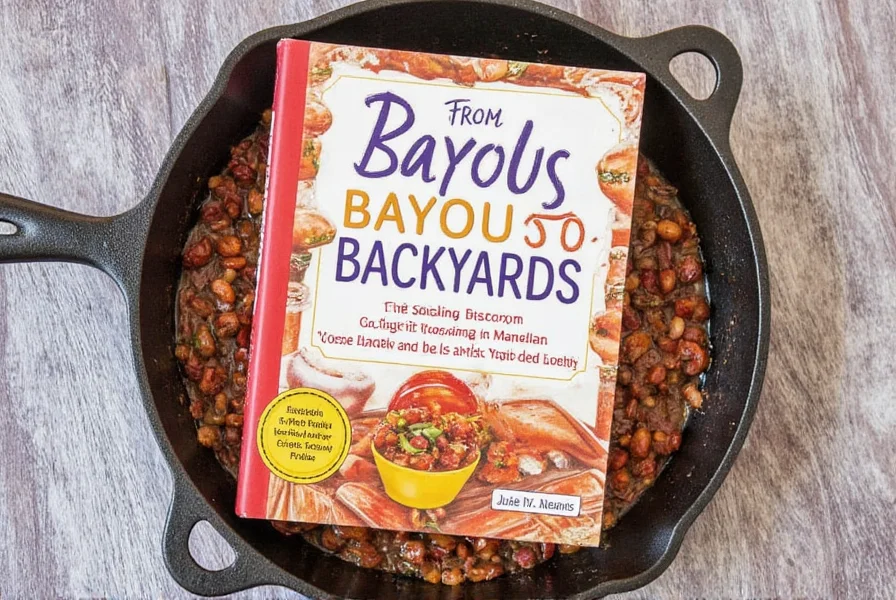
Happy cooking, and may your plates always be full of flavor!

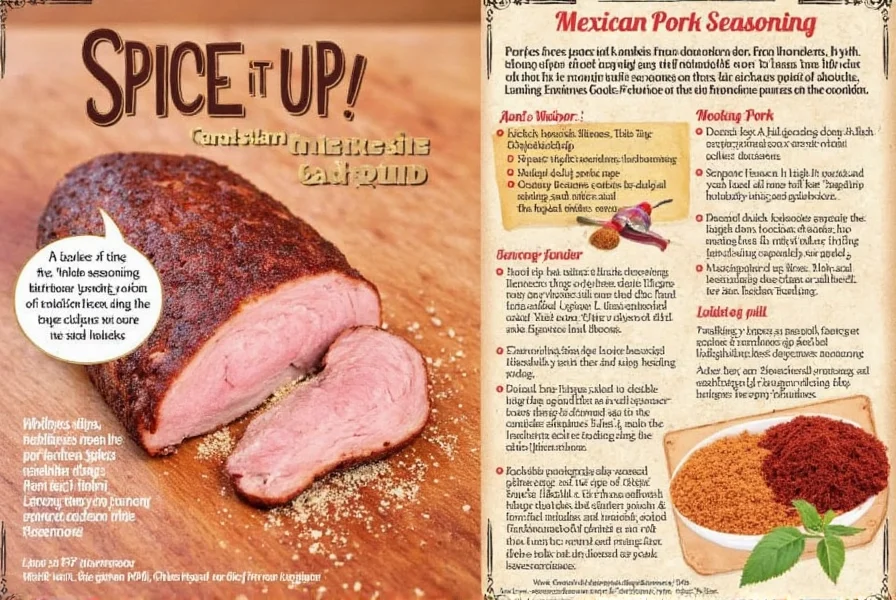









 浙公网安备
33010002000092号
浙公网安备
33010002000092号 浙B2-20120091-4
浙B2-20120091-4